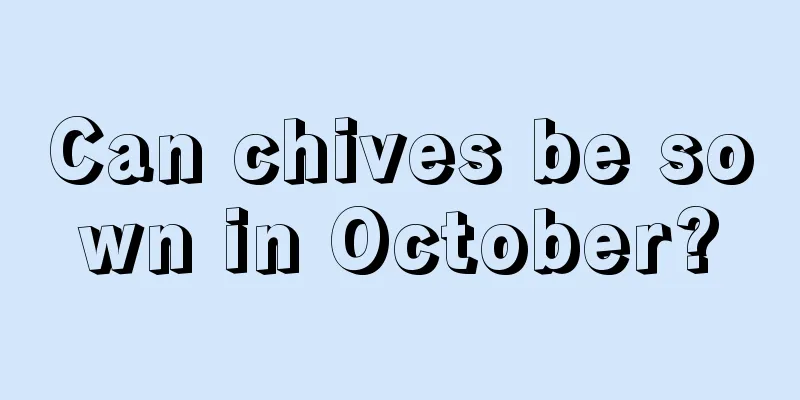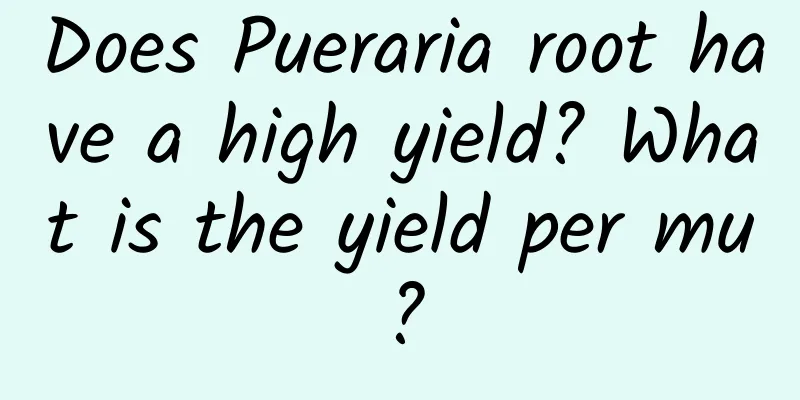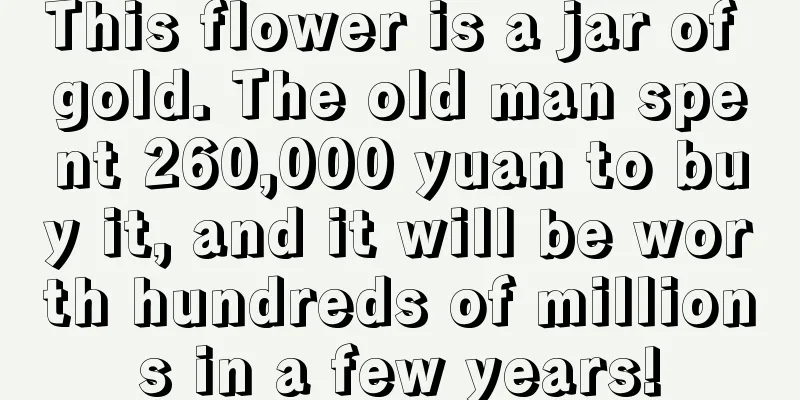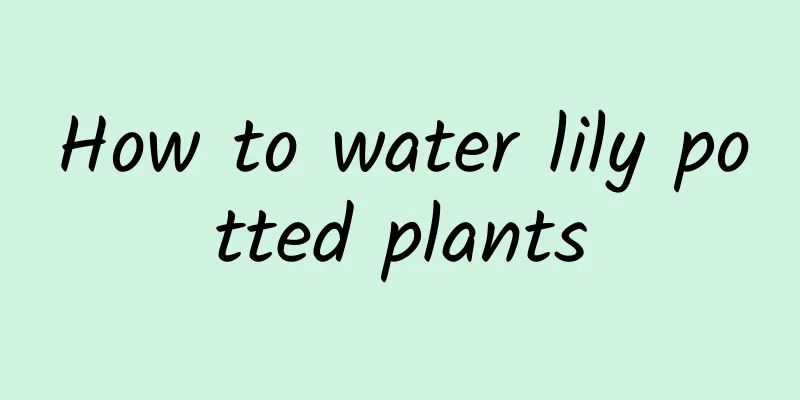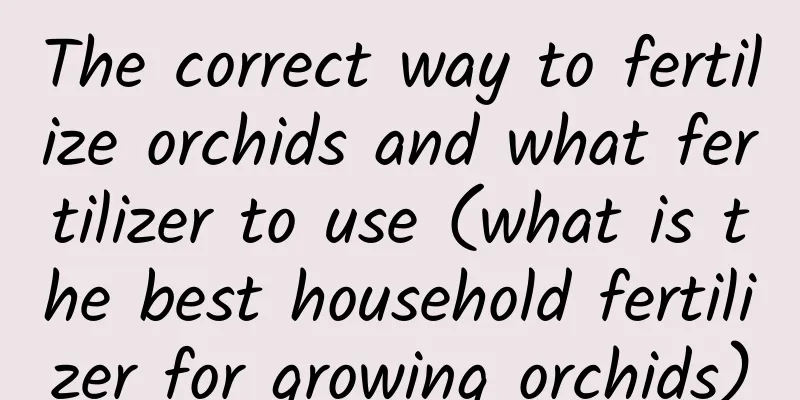What are the functions of cinnabar root (wealth seeds)

The ornamental effect of cinnabar rootThe ornamental value of Cinnabar root is relatively high. It is evergreen and has a beautiful plant shape. In spring and summer, it will have light pink flowers that emit a faint fragrance. In autumn, the red fruits are crystal clear and very pleasing. The fruit viewing period is relatively long. Whether it is planted in the garden for viewing or in potted plants for viewing, the effect is very good. The main purpose of potted ornamental cinnabar roots is to view the fruit. The crystal clear red fruit and the green leaves complement each other beautifully. The fruit-viewing period of Cinnabar Root is long, and it is available on the market during the Spring Festival. Because of the bright red fruit, people give it names such as "wealth seeds", not only for viewing, but also for bringing some joy. The cinnabar roots grown for garden viewing are mainly planted under forests and in rock gardens. Cinnabar root can be used as an optimized garden tree species. Planting it according to local conditions can beautify the environment and create a different viewing effect. Medicinal effects of cinnabar rootCinnabar root has a high medicinal effect, and both the root and the whole plant can be used as medicine. Cinnabar root has the effects of clearing away heat and removing fire, promoting blood circulation and removing blood stasis, reducing swelling and detoxifying, and removing phlegm. It can treat tonsillitis, toothache, bruises and other diseases. In addition, cinnabar root has other uses. The fruit can be eaten, and it can also be used to extract oil and make soap. Other functions of cinnabar rootCinnabar root also has certain economic and ecological benefits. Cinnabar root is highly ornamental and loved by people. It is a popular flower in the flower market and a good source of income for flower farmers. The ecological benefits are reflected in the role of cinnabar root in fixing surface water and soil, and planting cinnabar root as a jungle belt can beautify the ecological environment. |
<<: The flower language and cultural legend of the Croton tiglium
>>: The Flower Language and Legend of Begonia
Recommend
What is hairy vegetable?
What is hairy vegetable? Mao Mao Cai is a leafy v...
What are the characteristics of peach blossoms?
1. Characteristics of peach blossom Peach blossom...
How long is the growth cycle of loofah?
Introduction to the growth of loofah Luffa has st...
Can Daphne koreana be placed in the bedroom?
one. Can it be placed in the bedroom: 1. No, it i...
What is crabapple, crabapple picture
1. What is Crabapple is the fruit of the crabappl...
Grape management methods in February
February is a critical period for grape managemen...
Can peonies be potted?
Can peonies be potted? Peonies can be grown in po...
The role of wisteria in home
The role of wisteria in home Ornamental value Wis...
How much is a pound of mangosteen? Pictures of mangosteen
1. How much is one pound Ordinary mangosteens sol...
What to do if the soil-grown lucky bamboo grows too tall? How to prune the soil-grown lucky bamboo
1. What to do if you are too tall 1. Cut it in ha...
What to do if the branches of the fortune tree become soft
1. Cut off rotten roots When you find that its br...
How to cut and graft the stems of Zi Chi Nian Hua
Beheading method Beheading time Pruning is not on...
Which variety of jade dew is the best looking
1. Ice Lantern Jade Dew Ice Lantern Jade is one o...
What to do if the roots of fuchsia rot
Causes of root rot in fuchsia Overwatering This i...
How many times can edamame be planted in a year? What is the planting time and how many days is the growing period?
How many seasons can edamame be planted in a year...
